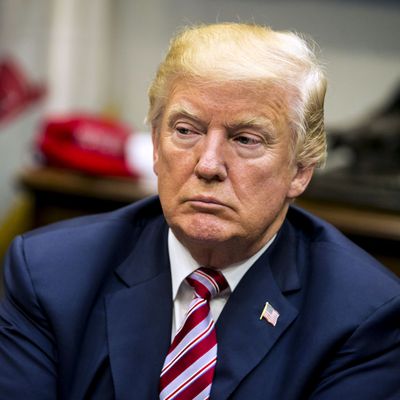
One of the first major policy decisions President Trump made in office was to terminate the United States’ involvement in the Trans Pacific Trade Partnership, the sweeping trade deal that President Obama had made a cornerstone of his Asia strategy.
Now, the deal is moving along without America.
New, intense talks between 11 other countries involved in the deal took place at APEC, the annual economic conference in Vietnam that President Trump also attended. The countries, which include Canada and Japan, agreed to central components of an agreement that would allow the lifting of tariffs between them, promoting more open trade. To get everyone onboard, several provisions that deal with intellectual-property rights were stripped out, as well as clauses involving the environment and labor rights. (Those issues were decidedly not sticking points for Trump.)
Japan has pushed particularly hard for the deal, now called the Comprehensive and Progressive Agreement for Trans-Pacific Partnership, as part of its effort to reduce China’s growing sway in the region.
In a speech hours before at the summit, President Trump emphasized his hard-line stance on multilateral trade deals, declaring that the U.S. would not be “taken advantage of anymore” — the same line of protectionist thinking that has informed his threats to pull out of NAFTA. But many experts and world leaders agree that by isolating the United States in the Pacific on trade, Trump is mostly just handing China a giant win.






























